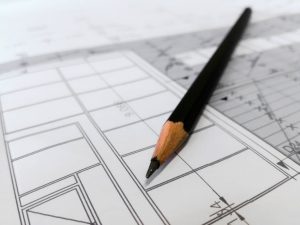There are at least two reasons why a competent and well-reasoned legal opinion on patentability is critical to your success. First, knowledge of patentability is foundational to making business decisions, not only about the cost and effort to obtain a patent, but also to support investment in developing and marketing the technology. Second, knowledge of what is the invention is foundational to obtaining value. A quality patent is written with a firm knowledge of the metes and bounds of the invention. Neither the inventor nor the patent attorney can know the scope of patentability without doing the analysis work.
Not all inventions are patentable. A competent search of the prior art can provide a reliable, although not conclusive, indication of just what is patentable. Many inventors believe they know what their invention is when they come to their patent lawyer, and, rarely, they do. However, it is important to keep in mind that t

he invention disclosure is only a starting point. The patentable invention is defined by the prior art. The prior art is defined by statute and caselaw. Very few inventors, even the most sophisticated, know the patent statutes and caselaw sufficiently to make an informed determination of patentability. The patent attorney cannot evaluate patentability without a search and a written, supported opinion. The consequences of a poor foundation can be disastrous if the invention is successful.
If the invention initially is claimed too broadly, then the interpretation of those claims when issued can be limited by the preclusive impact of statements made during prosecution history, sometimes called “prosecution history estoppel.” A patent application based on a well-founded patentability opinion can avoid or limit the application of prosecution history estoppel in contested matters.
If the inventor knows his invention, but not the prior art, then what typically can happen is that the invention as described includes prior inventions: inventions the inventor made, that have since entered the prior art and can be applied against the patentability of the current invention. These issues can be very tedious and expensive to sort out in retrospect and are a very real barrier to licensing technology. A prospective licensee evaluating the patent application will be called upon to assess patentability and may have to sort through the art to separate patentable from unpatentable subject matter, a task that could have been performed before the application was written, typically at much lower cost. The application owner, later the patent owner, can expect licensing fees, if any, to be minimized in this situation. Cost and reduced licensing revenue are not the only or even the primary issue, though. Failure to adequately identify the patentable invention makes it very difficult to define the advantages of the recent invention over the inventor’s own art and may be fatal to obtaining a patent. 
Not long ago, when budgets were tight, patentability opinions were often skipped to conserve funds. Most inventions, and most patents, do not ultimately generate revenue and so cutting costs became the primary concern. The belief was that given that amount of manure, there must be a pony in there somewhere. These cycles suggest that the market for manure is limited and the successful patent owner looks for ponies elsewhere. Trust Pedigo Law to conduct the patentability analysis for you. Contact the patent professionals today.

